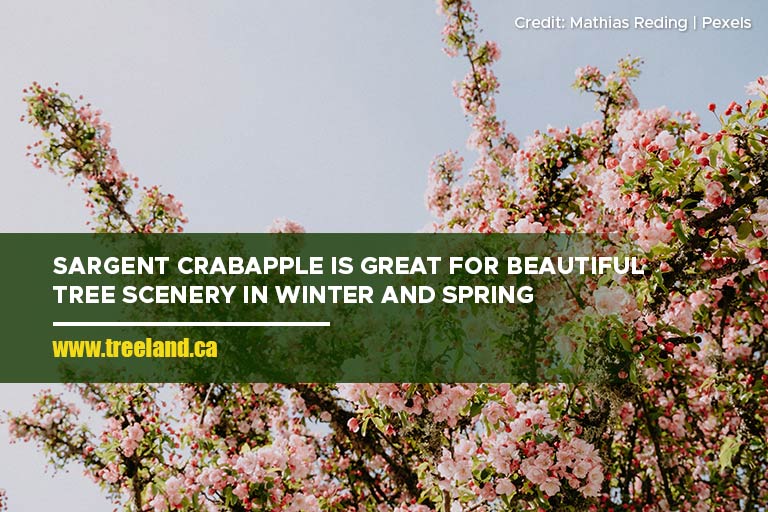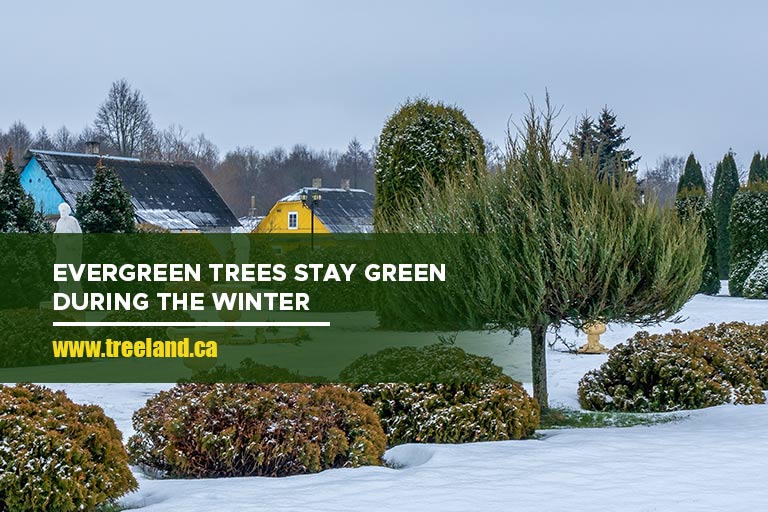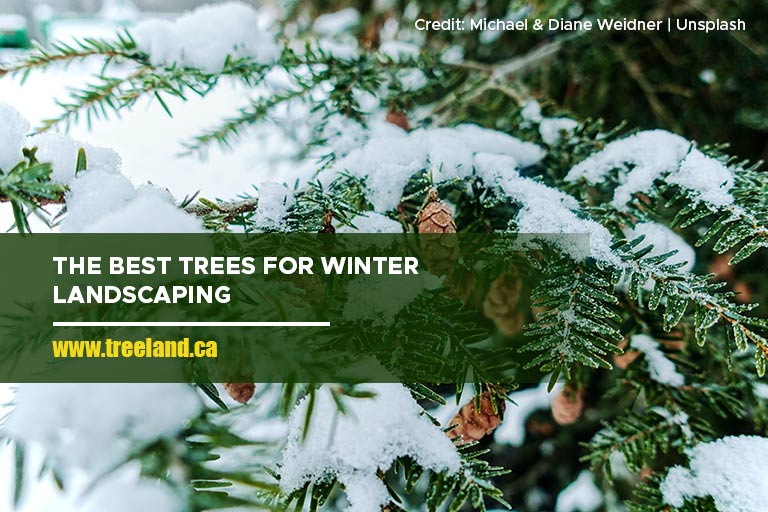After the foliage has fallen from the trees in autumn, the remainder of your home’s landscape in winter can still be visually appealing. Winter can be a challenging time for landscaping and maintaining the beauty of your trees. The presence of colourful trees throughout the winter months makes a significant difference. There are plenty of winter landscaping ideas if you are trying to spruce up your outdoor space.
One could argue that winter is the worst season for landscaping if not the least favourable. Regarding winter landscaping, there is, however, an entire world to explore. Here are some innovative and straightforward tips for choosing trees for your winter landscape.
Tips for Choosing Winter Trees

Before anything else, choosing a tree from a nursery rather than planting it yourself can ensure your tree’s survival rate.
- Make it local
Choose a tree that is native to your area and adapted to its weather and temperature conditions. A tree that is adapted to its environment will be simpler to maintain and will live longer.
- Check the health
When evaluating trees for sale in Toronto, ensure that the tree shows no visible symptoms of stress. These indicators can vary from tree to tree but may include discoloured or wilted foliage, evidence of insect predation on the bark, brittle branches, and growth at the tree’s base.
- Consider height
The best plants for winter will be tall enough to remain visible during your region’s average snowfall. It’s also a good idea to choose species that attract wildlife, such as birds, for winter viewing and to bring a lively atmosphere into your house when it’s chilly outside.
- Choose between deciduous or coniferous
Choose whether you want a tree that loses its leaves in the winter or one that retains its green colour year-round. The leaves of deciduous trees fall off in the winter. Coniferous trees do not lose their leaves in the autumn and remain green year-round.
- Make sure it fits
Keep in mind that your tree will not always be a sapling. To ensure that the tree will fit in your yard once it reaches maximum size, obtain the circumference and growth rate measurements and compare them to the intended planting location.
- Choose between fruit or nut-bearing varieties
You could also choose a fruiting or nut-bearing tree. Keep in mind that these types of trees shed their fruit and seeds, which may attract insects and small animals. If you don’t mind sharing or are willing to maintain the trees, then they are ideal for someone seeking access to fresh produce.
Top Trees for Winter Landscaping

Let’s examine some gorgeous winter-appropriate tree options.
- Sargent Crabapple
Malus sargentii, also known as the Sargent Crabapple, is an excellent choice for both winter and spring, as it has beautiful foliage during the harsher months and delicate white flowers beginning in May. This tree is considerably wider than it is tall due to its dense and extending canopy and zigzag-shaped branches.
Due to its unusual size and shape, this tree can be planted under utility lines and in other confined locations, and it also makes an excellent privacy hedge between yards. Many individuals also enjoy using these trees to construct bonsai trees.
- Winterberry Holly
This visually stunning and colourful tree will make any yard appear exceptional. When mature, this shrub attains a height of 6-7 feet and bears brilliant crimson berries that remain on the tree’s bare branches throughout the frigid winter months.
This tree can develop in any type of soil, but it does best in moist areas; winterberry holly can even be planted along a stream or pond and still prosper. During the warmer seasons of spring and summer, the tree has relatively modest dark green leaves. Autumn and winter are genuinely much more colourful and visually enticing. This tree can flourish in any climate, including temperatures as low as -40 degrees Fahrenheit. Additionally, it functions well in humid regions.
- Highbush Cranberry
Highbush Cranberry yields large amounts of red berries that serve as a food source for birds in winter landscapes. A rounded shrub, this species bears white flowers in May and June that are followed by red fruit. As a bonus, the shrub offers foliage ranging from red to purple in the fall.
- Yew Shrubs
Yew shrubs are commonly included in holiday traditions. These conifers are slow growers bearing evergreen needles and bright red berries that are sure to bring liveliness to your home’s outdoor space. Keep children and pets away from both the foliage and the berries of these plants, however, as the seeds and needles are toxic when ingested.
- Swiss stone pine
It is the only coniferous evergreen suitable for prairies with clay-loam soils. Evergreen trees do not grow well on clay-loam soils of the prairie and are susceptible to numerous diseases and parasites as they age. A rare exception is the Swiss stone pine, which is indigenous to the mountains of central Europe and western Asia. This tree is also scarce in terms of its availability to consumers.
- Birch Trees
These are extremely common and make excellent winter trees for your landscaping. The winter bark of these trees is incredibly beautiful and distinctive; it is spotted and ranges in colour from striking white to dark brown. There are over 40 distinct species of birch trees, and their lengths and widths vary depending on the species chosen. You can easily locate a birch tree that is the right size for your backyard.
- Ninebark
The ninebark is indigenous to eastern North America. The white blossoms give way to follicles, which are groupings of scarlet pods that are both attractive and robust. The plant is moderately tolerant of drought and requires complete sunlight to thrive. Southern Manitoba’s silt loams are tolerable for ninebark, but it prefers much better-drained soils.
Whether you are looking around town for tree inspiration or you just want to explore ways to better your current landscaping by adding trees for the winter, call Caledon Treeland today. Call us at 905-880-1828 so we can get a new tree planted for the winter.

